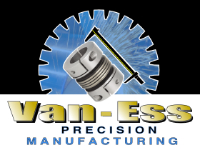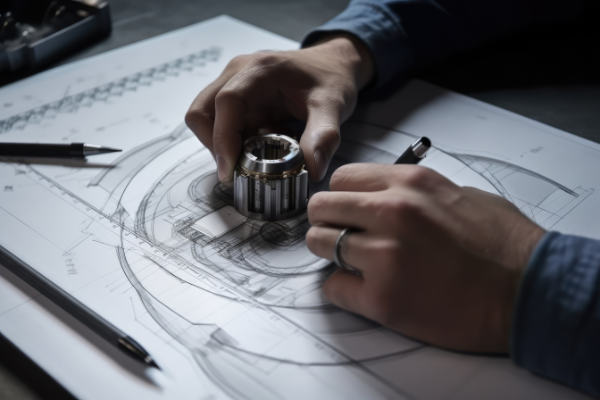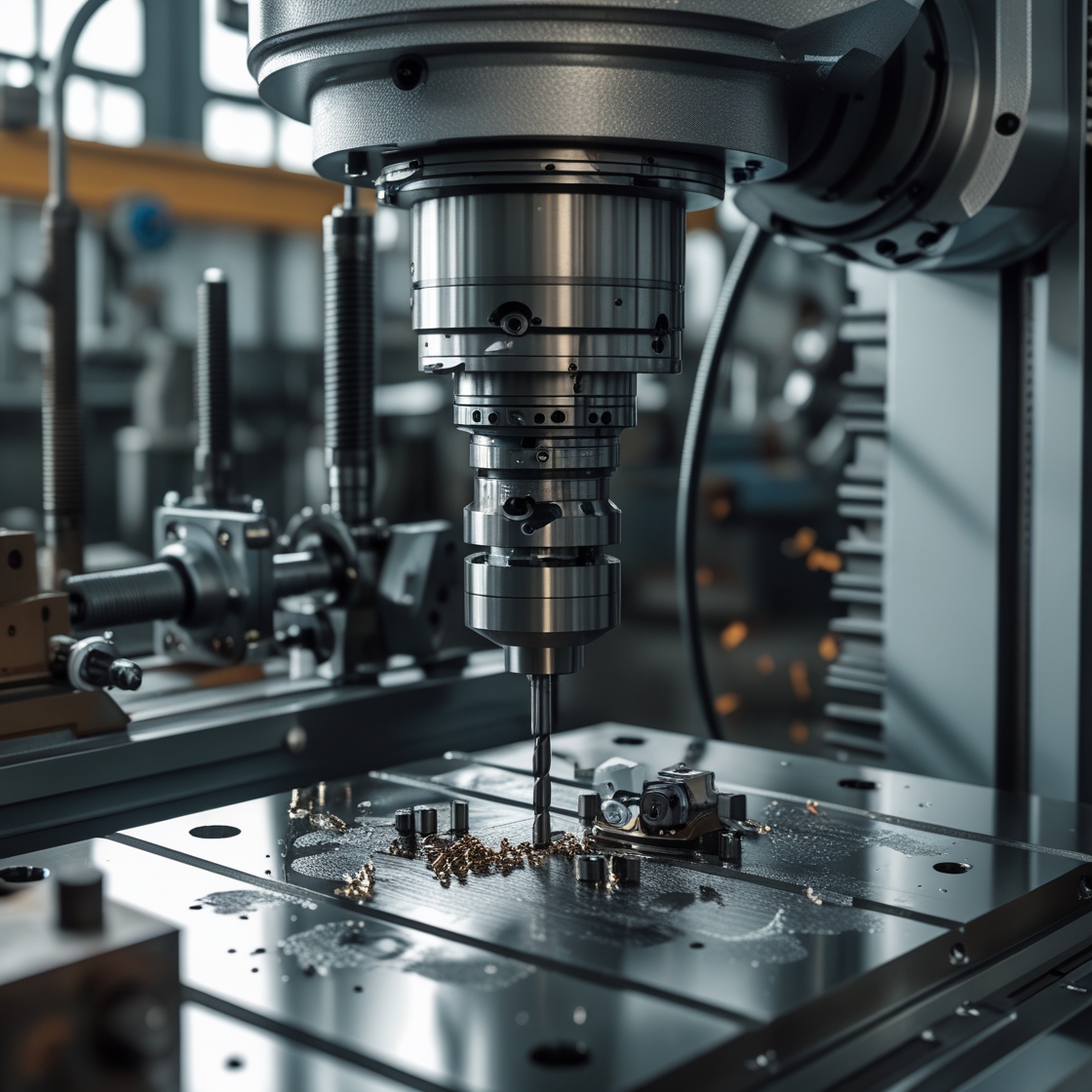From Concept to Reality
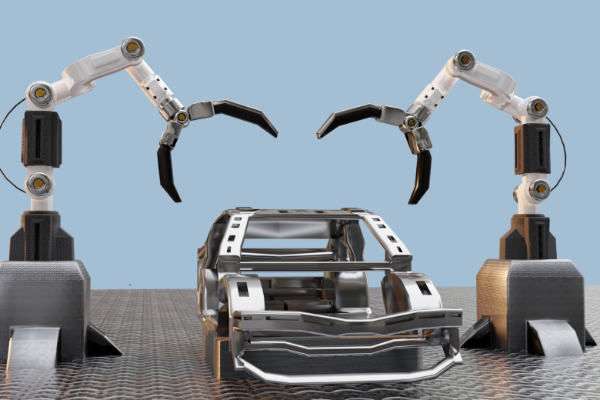
For Your Information
Prototype manufacturing is a vital phase in the product development process, allowing designers and engineers to transform their ideas into tangible and functional models. Prototypes serve as proof of concept, helping stakeholders visualize the product, validate design choices, and gather valuable feedback before proceeding to full-scale production. In this article, we delve into the world of prototype manufacturing, exploring its significance, the various methods employed, and the benefits it offers to diverse industries.
The Importance of Prototype Manufacturing
Prototype manufacturing serves as a crucial step in the product development journey. This section highlights the significance of prototyping in reducing development risks, enhancing product functionality, and improving time-to-market. We discuss how prototypes aid in effective communication between stakeholders and aligning project goals.
Types of Prototypes
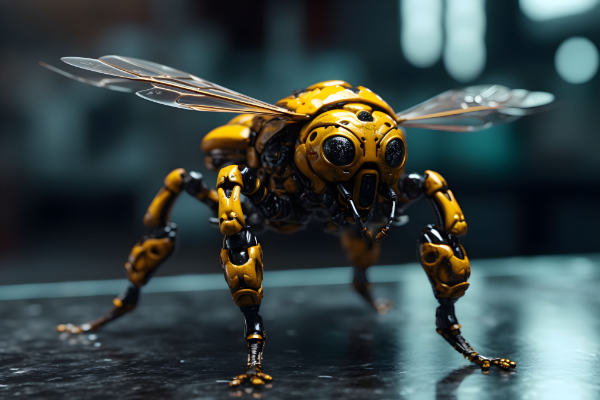
Prototypes come in various forms, ranging from simple mock-ups to fully functional models. This article explores the different types of prototypes, including visual prototypes, proof-of-concept prototypes, functional prototypes, and production-ready prototypes. We discuss when and how each type is used in the product development process.
Prototype Manufacturing Methods
There are several methods employed in prototype manufacturing, each suited to different project requirements. This section explores traditional techniques like handcrafting and model-making, as well as modern methods like 3D printing, CNC machining, and rapid prototyping. We discuss the strengths and limitations of each method and their applications in various industries.
The Role of 3D Printing in Prototyping
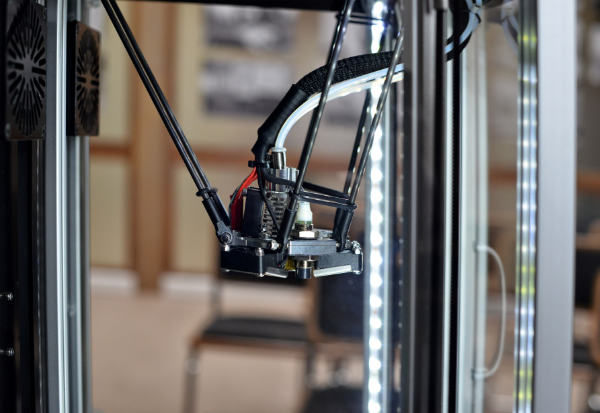
3D printing has emerged as a game-changer in the world of prototype manufacturing. This article delves into the advantages of 3D printing, such as rapid production, design iteration, and the ability to create complex geometries. We also discuss how 3D printing enables cost-effective prototyping across diverse industries.
The Prototyping Process:
From Design to Production
The prototyping process involves multiple stages, from concept design and material selection to actual manufacturing and testing. This section provides an overview of the prototyping workflow, highlighting the role of CAD software in designing models, material considerations, and the importance of rigorous testing and validation.
Benefits and Challenges of Prototype Manufacturing
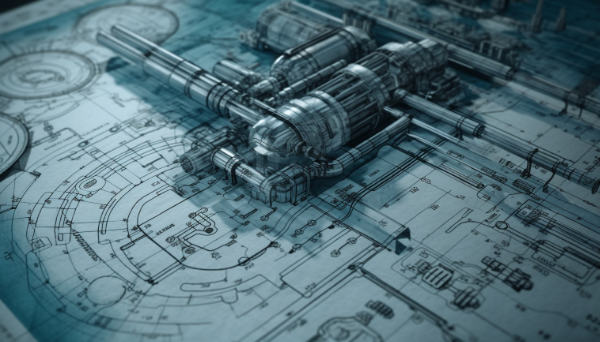
Prototyping offers a range of benefits, but it also comes with certain challenges. This article explores the advantages, such as reduced development costs, enhanced product quality, and improved market acceptance. We also discuss challenges like material selection, scalability for mass production, and the potential for design complexities.
Industries and Applications of Prototype Manufacturing
Prototype manufacturing finds applications in a wide range of industries, from aerospace and automotive to medical devices and consumer electronics. This section explores how different industries utilize prototypes for product development, innovation, and market testing.
Sustainable Prototyping:

Considerations for Environmental Impact
As sustainability becomes a priority in product development, this article explores how prototype manufacturing can be aligned with eco-friendly practices. We discuss materials and techniques that reduce waste, promote recyclability, and contribute to a greener future.
In Conclusion
Prototype manufacturing is a critical stage in the product development process, enabling designers and engineers to transform ideas into reality. Through diverse manufacturing methods and materials, prototyping empowers industries to innovate, refine product designs, and bring cutting-edge solutions to the market. As technology advances, the role of prototype manufacturing will continue to shape the future of product development and drive progress across industries.
